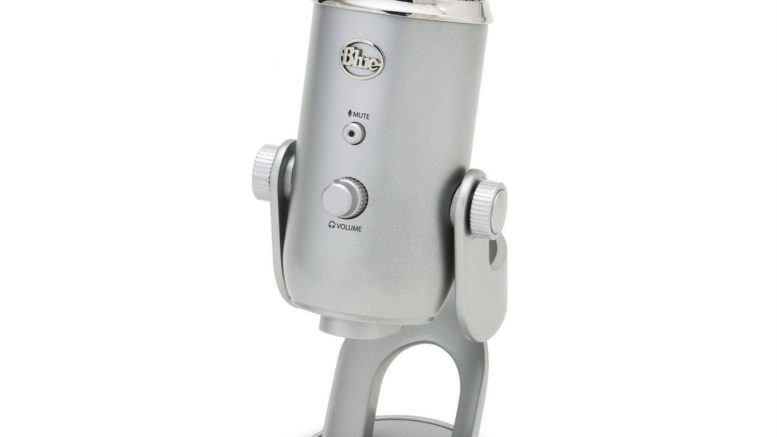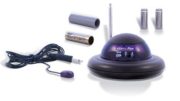Remember when you used your computer to pay bills and maybe look up some stuff online? If you’re like me, your computer has been your window into the world for the last year. Whether you’ve been provided with a computer from work or you’re using the one you already had, chances are it’s seen significant upgrades.
On thing you probably never thought about in the past was your computer’s microphone. If you used it at all, it was for the (extremely rare) video conference and no one really worried about sound quality.
Today, though, our computers have increasingly turned into mini television studios. And sound quality is ever more important when you have no other way to know whether people are understanding you.
Go Blue and stay home
When it comes to computer microphones, there’s Blue and there’s … everyone else. Blue microphones (it’s a brand name, they’re not always blue in color) give the best possible recording quality no matter what you’re doing. There is just no substitute for the quality of a Blue microphone. I use one myself for my podcasts and the videos I record.
What makes a Blue microphone better?
There are two parts of a microphone that really make a difference. The first is the transducer itself. Blue microphones use condenser technology to pick up the most delicate sounds. This is the same technology that microphones have used for over 100 years. When it comes to condenser microphones, the bigger the element the better. And that explains why some Blue microphones are so bleepin’ big. The microphone in your computer is about the size of the head of a pin. This tiny size limits the kind of sounds it can pick up. A big Blue microphone can pick up the full range of sounds out there.
The other thing that makes a difference, especially in the case of computer microphones, is the electronics within. Once upon a time, all microphones were simple affairs. The element turned sound into electricity, and a pair of wires carried the sound down a wire. Now, microphones tend to have USB connections. That means that the quality of conversion from analog to digital makes a difference too. Blue mics use the best software to make sure nothing’s left behind.
Why are some Blue mics more expensive?
There isn’t necessarily a big sound difference between the inexpensive Snowball and the top-end Yeti, at least not in a perfect world. But a more expensive mic like the Yeti brings extra features. You can adjust the pickup pattern so that you won’t get a lot of extra sounds. You can connect a set of headphones for instantaneous sound. You can mute with one button and no noisy crackle. All these features are missing from the low-end Snowball. But, if you don’t need them, you don’t need them.
Is it really worth getting a mic that expensive?
I guess that’s up to you. How important is it that you’re heard the first time? How important is it that your calls sound great and that your voice is heard above the crowd? I think it’s very important. If you record any presentations, it’s even more important. And when you realize you need a good mic, you don’t want to get one that’s just so-so. That’s why you should shop now for Blue microphones at Solid Signal.





